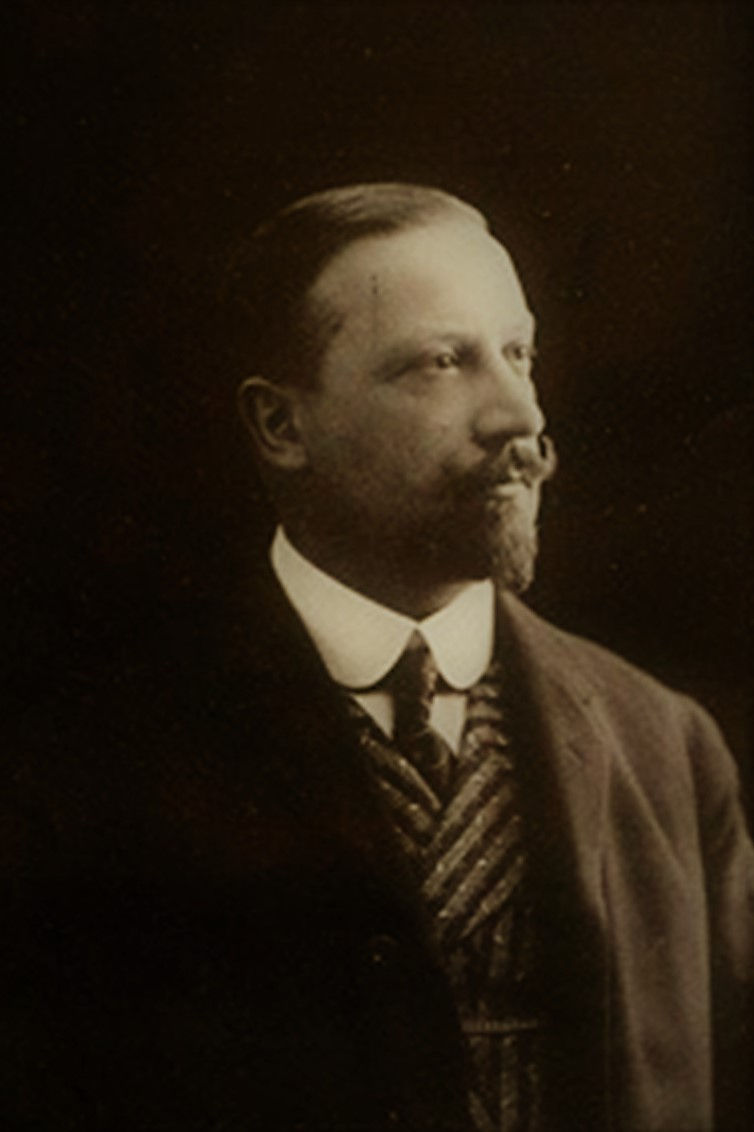
The “Pomegranate gate” (Portone del Melograno) is an Art Nouveau front door of a building located in Turin, 4 Argentero street, in San Salvario’s borough. The name originated from the characteristic door built in wrought iron depicting two pomegranate trees full of leaves and fruits set in a large organic ornamentation frame. The pomegranate is a fruit full of meanings in different countries and cultures signifying: beauty, love, marriage, fertility, birth, rebirth, hope, prosperity and eternity.

The gate originally was monochrome but recently after a restoration the fruits were coloured with a vivid red, the leaves in green, the background in a turquoise (rust green) and the frame in a colour that simulates the wood grain.
The Pomegranate gate was designed in 1907 by the architect Pietro Fenoglio.

Pietro Fenoglio established himself for his profitable activity as an engineer and architect and he was considered one of the most important pioneers of Art Nouveau in Turin.
Art Nouveau is a French term literally translating as “new art”, was a movement in the art world born in response to the established dominance of classical styles and their rigid formal structures throughout the 19th century. Proponents thought to put the decorative arts on the same level as the fine arts in terms of respect and reverence.
It was the style that was most popular in the “Belle Epoque”, period between 1890 to 1910, taking on different names across countries in the Western world: Art Nouveau, Modern Style, Liberty, floreale, Jugendstil or “youth style” and Modernismo. These regional forms had specific characteristics that defined the movement in those areas.
The Art Nouveau was a style with a striking belief in the future, so it attached to this modern techniques and materials using large glass surfaces, cast iron and steel. It was inspired by nature; it refuses to copy from the past styles and it had the strict conviction that creativity and craftsmanship were more valuable that mass production. This style was characterized by flowing “moving” lines, the motives and patterns were organic (based on flora and fauna) and the designers draw the famous “whiplash” motifs, formed by dynamic, undulating and flowing lines in a syncopated rhythm.
The whiplash line work of the time’s visual arts was incorporated in the parabolic and hyperbolic arches, as well as the organic ornamentation. Exposed wrought iron and glass moulded into natural shapes accentuated the exteriors, evoking a sense of movement and life. The colours are muted, blending soft organic shades within heavy contours.
The new style affected all Italy, starting by the Piedmont region, involving various artistic disciplines as the arts and crafts and, mainly, architecture.
The architects were influenced by the examples of their colleagues in Paris and Belgium (as Hector Guimard and Victor Horta), transforming Turin in one of the greatest Italian examples of this current, not without also undergoing inevitable eclectic and deco incursions.
Turin was defined "the Italian capital of liberty", with so many conspicuous architectural evidences that can still be seen today around the city.


Comments